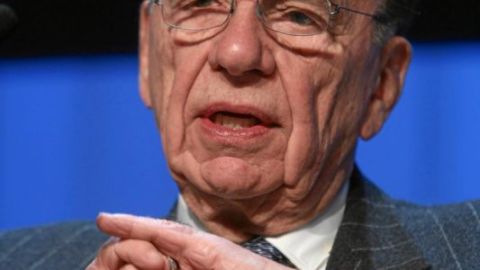Murdoch To Hide His Heart Behind Paywall

A good analysis of the coming newspaper paywalls was recently written in The Financial Times by John Gapper. The London Times and The New York Times have announced their intention to create a subscription service in the next year, with the London Times gearing up very quickly. Gapper’s piece focuses on Rupert Murdoch’s business prowess that may turn the media mogul away from his preferred muck journalism, or journalism-lite, in favor of niche reporting that will attract readers to pay to read the London Times’ content online.
“By publishing more content, data and information for its professional readers – lawyers, accountants, civil servants and the like – The Times could make them feel more like members of a subscription club than vaguely interested passers-by,” Gapper says.
Interestingly, The Financial Times is also run by Murdoch and the paper already has a subscription service. Besides this, the print edition of the FT has not been hit nearly as hard by the advent of free online content as general information papers. The reason? Readers consider a subscription to the FT an investment, one that they expect will pay dividends. So, that is essentially the task for newspapers looking to build a paywall: write copy readers are willing to pay for.
Here, The Guardian’s Roy Greenslade comments on Gapper’s story.
Murdoch’s usual preference is for journalism that caters to the broadest audience possible with shorter articles and more general interest topics like sports, gossip and crime. But this information is a dime a dozen, and perhaps people won’t even be willing to pay that. Upon that search for free information many news aggregation sites have been built to profit from advertising revenue, using others’ journalism to fill their site with content.
But those days may be numbered, or that is what old media, Murdoch obviously included, are hoping for. Aesthetically speaking, the experiment looks good so far. Compare the new London Times’ website with its current one. Notice the lack of eye-piercing, flashing advertisements and the cooler, calmer layout. At the price of two pounds a week, if there is significant journalism exclusively found behind the paywall, it might just be worth paying to access.





